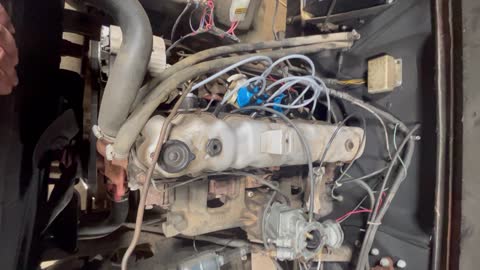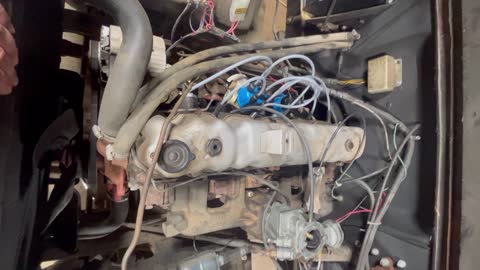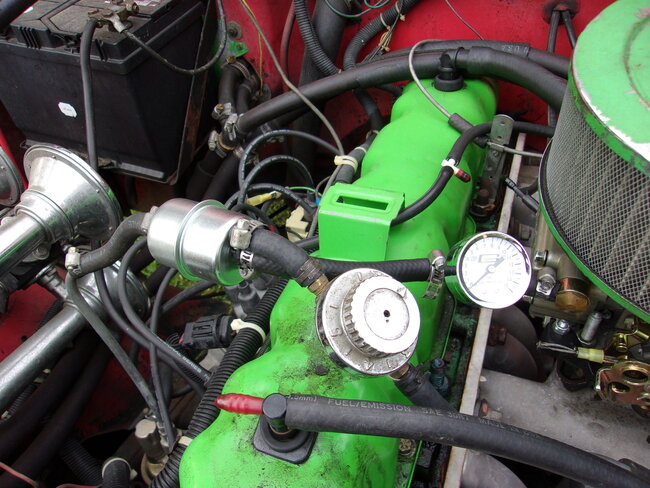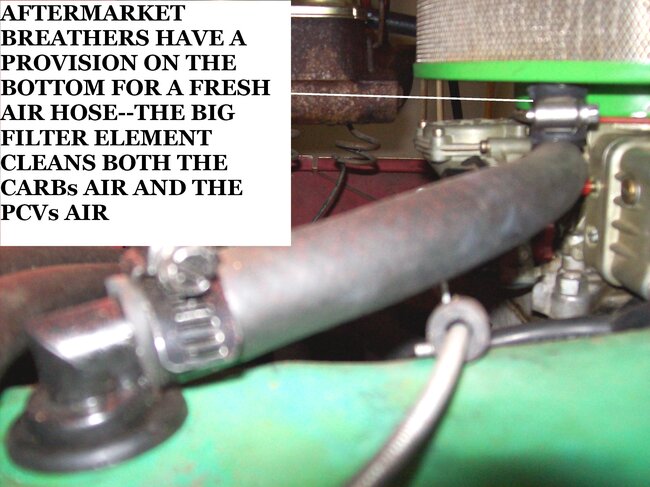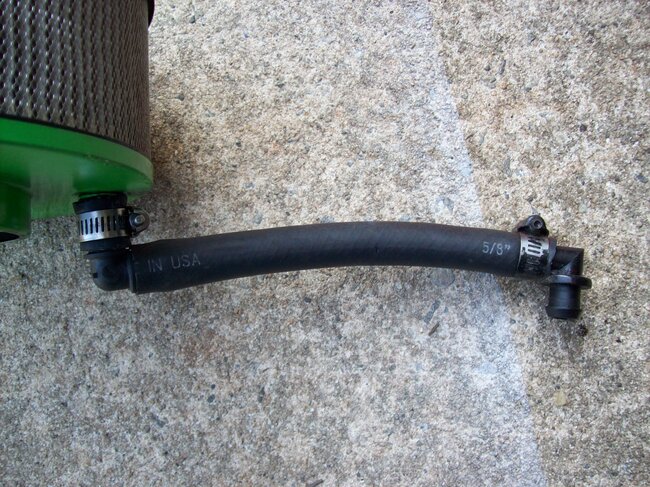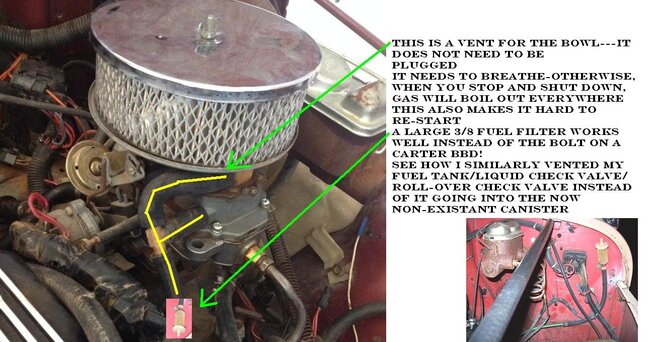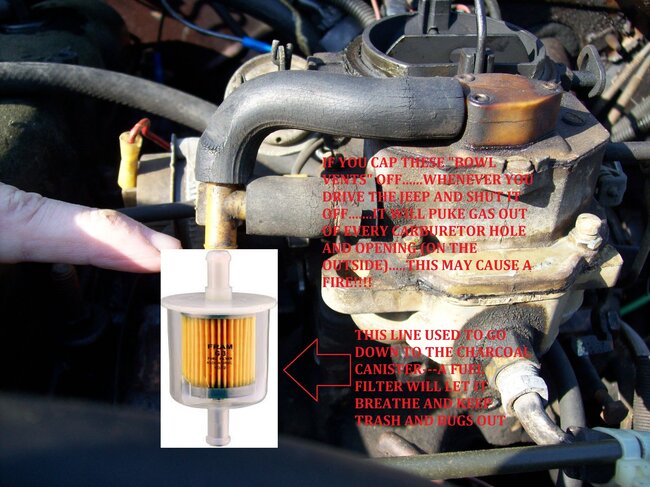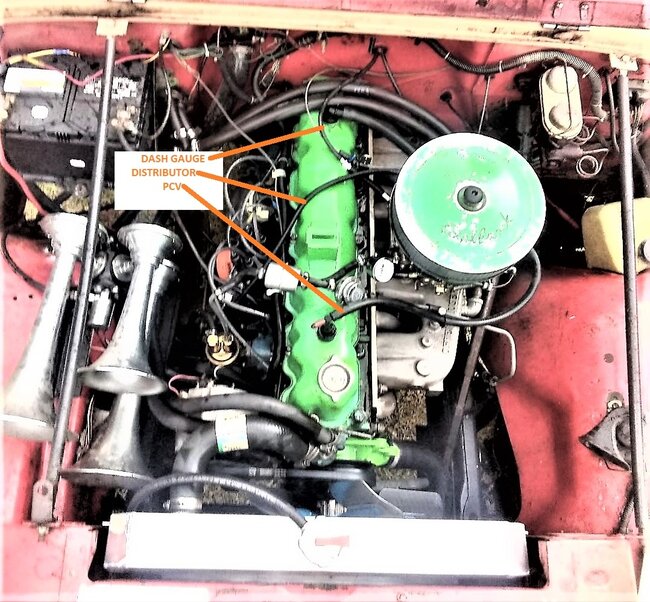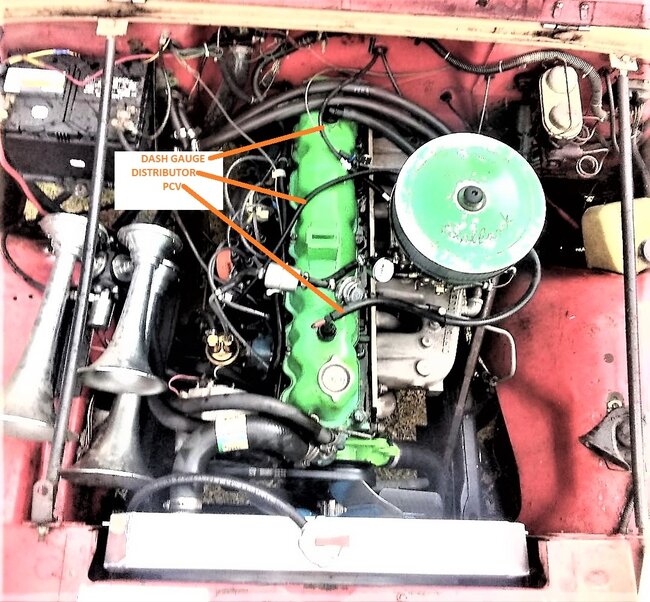I'll give you some explanations of some of your concerns.
If you have to pass emissions tests in your region, you may have to put everything back on like it was originally.
Where I'm at, we are not tested, Jeeps can run well with the bare minimum hoses and equipment.
I'm running a 1977 CJ-5 with a 258.
My 258 came out of an AMC Hornet and I built over many months time, as my fundage allowed exactly like an OEM 1979 Jeep CJ. The only "extra" I did was to add a High Volume oil pump.
(one barrel carburetor 258s use a different cam than 2 barrel 258s)
"Mr. Jeep" is my daily driver, once the engine was complete, I did a 6 hour swap in my Dad's carport to include a clutch kit.
It was as if he was never down at all!
This was in 1996, engine-wise, all is still wonderful!
Other, basically, "bolt on mods" along the way are a 4 barrel 390 Holley, and a 4 barrel Offenhauser intake, Headers, I replaced the Prestolite ignition
set up (like yours) with Duraspark like the '79s came out with, and a 21gallon poly fuel tank.
Other "Fads" and supposed "Upgrades", like a weber 32/36 carb never improved mine at all (but that's my opinions!)
I'm always "listening for" more real/ truthful MPGs and I don't have/want to have a Race Car or a Log Skidder---I have 2 Jeeps.
I get 18 MPG on the highway, longer range, 21 Hg on a vacuum gauge at idle, Oil pressure is 30-70 PSI, capable of "Smart" offroading!
I don't run big tires, their bigger than the originals, but are now days thought to be small (Mine are 235/75/R15)!
So, I've been daily drivin' this engine for 32 years.
Lets start out with your PCV system!
Use the correct PCV valve for your year--in the front hole--with a good snug grommet. The back hole is "Fresh Air" for the PCV (not EGR) it should have tight grommet and a fully open elbow extracting air from your breather.
(the best place, as you normally change the filter element and would not worry with changing a separate one).
Your carburetor kinda sucks the bad combustion gases out of the engine, that replenishes clean air inside, and the carburetor was designed to use that "extra air or controlled vacuum leak (if you will)" to mix with fuel so your engine can be tuned properly at idle.
Depriving that air makes it nearly impossible to tune correctly. (Never use a 2nd PCV valve as an elbow at the back, it "checks" (and blocks/ closes) if air is drawn backwards through it.
My next posting will be about your vacuum lines and vacuum operated stuff.
Emissions tests?
Do you have a return line to the fuel tank?
Most of what I'm posting is 1960s-1970s basic car etiquette!
---The Medic
Images (Click to make bigger)
Saturday, August 5th, 2023 AT 9:48 AM
